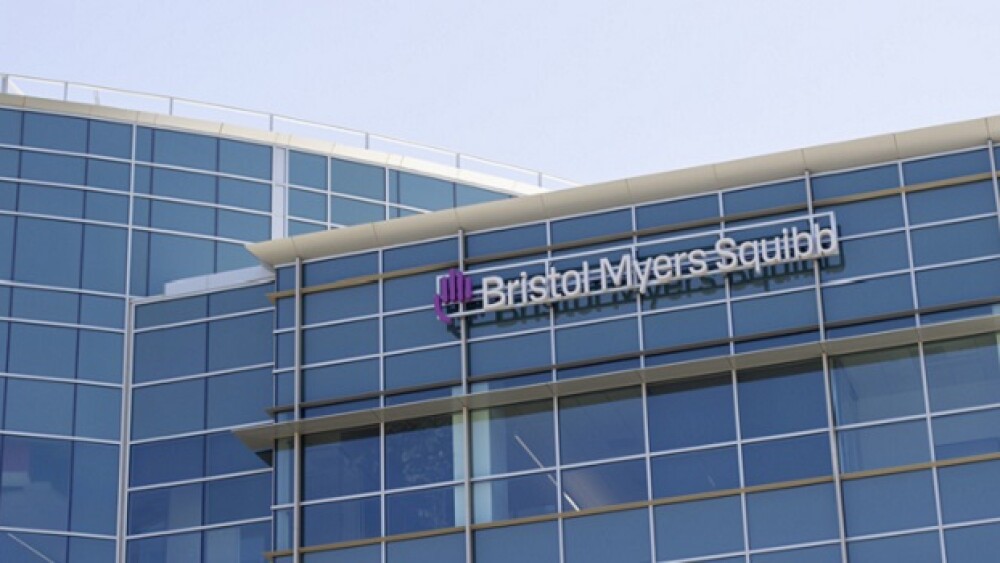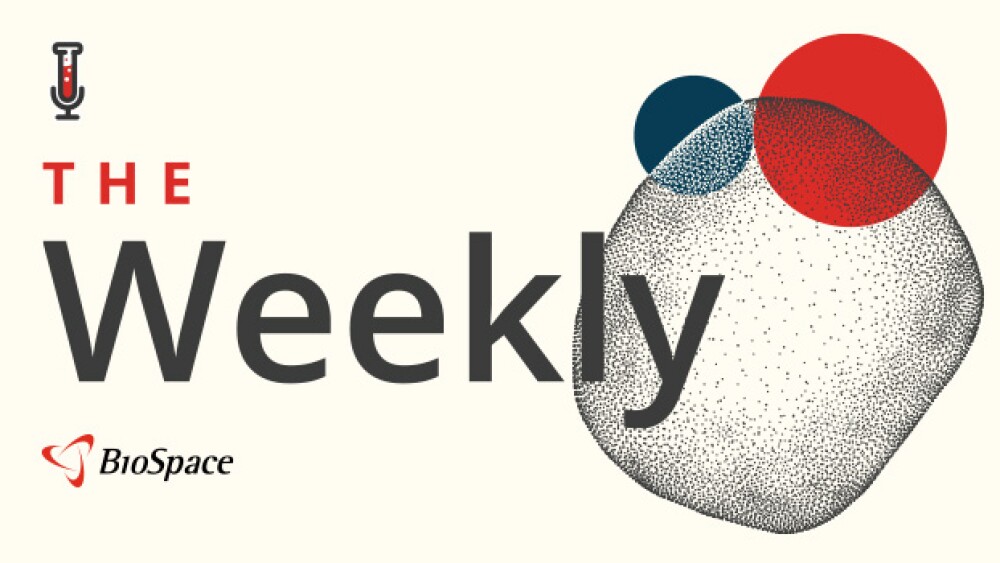After some high-profile crashes, the one-time biotech darling is inching toward success with its Hunter syndrome treatment, which today began a rolling BLA for accelerated approval.
Denali Therapeutics has its wheels on the fast track. The company initiated a biologics license application Wednesday for accelerated approval for Hunter syndrome treatment tividenofusp alfa (DNL310). It’s been a long time coming for Denali, which launched in 2015 with what was then the largest first-round venture financing in biotech history, a whopping $215 million. But a decade later, Denali doesn’t yet have an approved product, and its stock has dipped from its 2020 peak of more than $85 to just over $12 today.
“When we came out of stealth in 2015, we raised a significant amount of money,” Carole Ho, Denali’s chief medical officer and head of development, told BioSpace. “And there was a question: What were we doing differently?” The brand-new company trumpeted a lofty goal of deploying new approaches to tackle neurodegenerative diseases—by targeting newly discovered genes tied to degenerative brain diseases.
A year after launching, Denali scored another $130 million in a series B round led by Genentech veterans and maintained all of its founding investors. The company signed a bevy of research agreements, including deals with Blaze Bioscience and the Fred Hutchinson Cancer Research Center, to work on one of neurology’s toughest problems: getting drugs across the blood-brain barrier (BBB).
Now, Denali is eyeing the culmination of these approaches with DNL310, an enzyme-replacement therapy that rides a specialized transport vehicle across the blood-brain barrier. The therapy secured FDA Breakthrough Therapy Designation in January, adding to a list of honors already held by the drug, including Fast Track Designation, Orphan Drug Designation and Rare Pediatric Disease Designation.
“All of this suggests the agency’s enthusiasm for the molecule,” Ho said.
Stifel analysts responded to the BLA submission Wednesday morning, saying,
“We’re potentially nearing the end of an up-and-down regulatory path for [DNL310], where DNLI was finally able to align with FDA’s CDER on leveraging CSF heparan-sulfate (HS) as a surrogate biomarker for the basis of accelerated approval.”
Stifel also noted the turbulent times in which this application has been submitted.
“Notably, this announcement comes amidst significant turnover at FDA, where several senior directors across both CBER/CDER have departed,” the analysts wrote.
From Small to Large Molecules
In tackling Hunter syndrome, Denali has tried to set itself up for success. The company wanted to pursue a disease that was relatively derisked, where the underlying biology was very clear, Ho said.
Hunter syndrome, a rare, X-linked condition resulting from a loss in the iduronate 2-sulfatase (IDS) enzyme, primarily affects boys and causes damage affecting both physical and mental development. There is one missing gene, the cause is monogenic and the mechanics of how a drug might treat the condition are very clear, even if practically achieving a treatment is still difficult, Ho explained. “If you could just replace that enzyme, you should see benefit.”
DNL310 does just that. It is currently being tested in Phase I/II and II/III trials for the disease. Denali recently reported primary results from the earlier-stage study, touting improvements in hearing, cognition and adaptive behavior and a “generally well-tolerated” safety profile out to four years.
Denali’s getting to the one-yard line on Hunter syndrome may be partly due to a little bit of good timing—piggybacking off of technical advancements in gene sequencing that occurred in the mid-2010s—and changing tactics when other clinical trials failed.
“Our early years were focused on small molecules,” Ho said. That includes parts of Denali’s pipeline still in development today, like DNL151, a Biogen-partnered LRRK2-targetting small molecule being developed for Parkinson’s disease.
Denali’s pipeline also includes small molecules for Alzheimer’s and amyotrophic lateral sclerosis (ALS), developed as part of a partnership with Sanofi that began in 2018, netting Denali $125 million up front. Those molecules—DNL747 and DNL758—flopped on multiple occasions in early- and mid-stage trials. In a Phase Ib trial testing the drug in Alzheimer’s and ALS, DNL747 had dangerous and difficult-to-manage side effects, and in a Phase II study, DNL788 simply “did not meet the primary endpoint of change” on the ALS Functional Rating Scale-Revised, according to a company statement.
In response, Denali laid off staff and dropped not only the Sanofi partnership and molecules but the entire molecular class: no more new small molecules. Going forward, the focus would be almost entirely on large molecules, such as biologics and engineered enzymes.
For now, though, the focus is on Hunter and Parkinson’s, Ho said, with ALS and Alzheimer’s having been moved to the back burner. Denali currently has no candidate molecules in the pipeline targeting either disease, according to Ho.
“We have a wealth of data there, and we are still interested in ALS in general,” she said, adding that the company is still analyzing data from past trials.
Crossing the Blood-Brain Barrier
With DNL310 leading the way, Denali is going all-in on drugs that cross the blood-brain barrier.
“In terms of therapeutic development, crossing the BBB has been the greatest challenge in neurology,” Ho said. Indeed, it’s a hurdle that has tripped up generations of scientists and pharma companies.
To overcome this challenge, the company has a suite of what it calls transport vehicles—molecules engineered to bind to transferrin, a cell surface receptor enriched on the BBB. In the case of DNL310, this is a so-called enzyme transport vehicle, or ETV.
“Denali was built on the ability to build a next-gen platform to enable molecules to cross the blood brain barrier,” Ho said.
Other biomolecules in Denali’s pipeline have different types of transport vehicles. An oligo transport vehicle (OTV) targets alpha synuclein in Parkinson’s disease, for example, while a progranulin transport vehicle (PTV) delivers a key neuroprotective molecule to patients with frontotemporal dementia. For its now-canned Alzheimer’s program, Denali had developed an antibody transport vehicle (ATV) in partnership with Biogen to deliver anti-amyloid antibodies to the brain (a partnership Biogen walked away from last summer).
Ho emphasized the nuanced nature of this transferrin-based drug delivery system.
“In the past, you would always hear that you want high specificity,” she said. “But you don’t want it to stick too much. With transferrin, you want the opposite. You want it to bind but then come off. . . . We’ve fine-tuned this affinity.”
This, Ho said, is key to the success of DNL310, which according to Wednesday’s announcement, Denali hopes to launch in late 2025 or early 2026.






